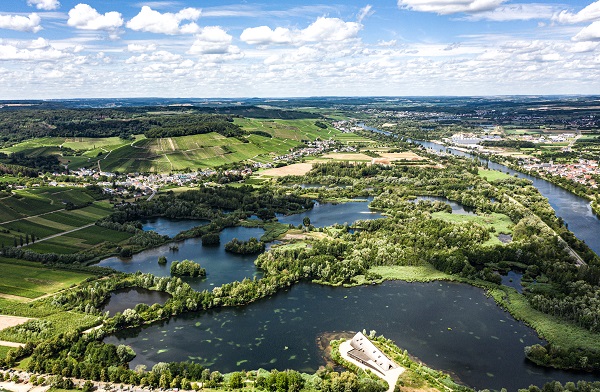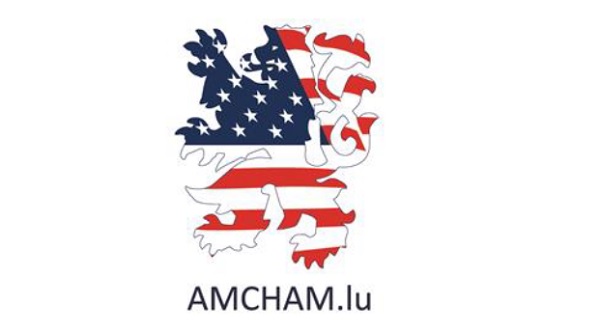 Haff Réimech-Biodiversum;
Credit: © Thomas Jutzler
Haff Réimech-Biodiversum;
Credit: © Thomas Jutzler
Chronicle.lu has teamed up with Luxembourg's National Institute for Archaeological Research (Institut national de recherches archéologiques - INRA) for a series of articles on archaeological digs and discoveries around the Grand Duchy.
The series explores digs spanning from prehistoric to Roman and medieval times, highlighting key finds and what they reveal about Luxembourg’s past. It also sheds light on the work of the INRA and its approach to archaeological and historical research.
The latest article in this series looks at unearthing history at the “Haff Réimech” nature reserve and the Biodiversum nature conservation centre.
Nestled between the Moselle River to the east and wooded slopes to the west, the valley surrounding today’s wine-growing villages of Schengen, Remerschen, Wintrange and Schwebsange has long been a significant setting for human activity, migration, land usage, settlement and cultural development. At the heart of this landscape lies the Haff Réimech, a protected wetland of over 100 hectares and home to the nature conservation centre Biodiversum dedicated to biodiversity, ornithology and the cultural history of the region.
Archaeological evidence reveals human presence in this area as early as the last Ice Age, about 30,000 years ago. A nearby rocky promontory, now intersected by modern infrastructure, likely served as a strategic vantage point for tracking game such as mammoths, reindeer, bison and wild horses. Numerous mammoth remains discovered on surrounding slopes testify to this period of nomadic life and environmental adaptation. Rescue excavations in the early 1990s uncovered the remains of a flint workshop, indicating a high level of technical skill and early specialisation in tool production.
Around 5000 BC, the fertile Moselle plain gave rise to one of the earliest known villages on present-day Luxembourgish territory. Neolithic settlers built some 20 longhouses not far from the river, engaging in agriculture and livestock farming. More recent excavations identified ceramics from the Linear Pottery culture near Remerschen’s modern village centre, pointing to further Neolithic habitation. Roughly 4,500 years later, during the Iron Age, a substantial settlement emerged in the same area. Excavations revealed a three-aisled farmhouse, over 40 granaries and 150 storage pits. One such pit contained a ritual human burial, a woman placed in a foetal position, paralleling similar discoveries in Grevenmacher and the British Isles.
North of modern Remerschen, a burial ground uncovered in the 1990s yielded both cremations and inhumations from the same era alongside an older urnfield dating to the Bronze Age. Among the most notable discoveries was a richly furnished grave of a woman, dubbed the “Princess of Schengen”, containing elaborately crafted bronze and iron jewellery, including bird-headed fibulae with coral inlays, reflecting northern Italian influences. At her feet, the cremated remains of a man were placed in a red-painted urn. While the nature of their relationship remains a mystery, the arrangement is without parallel in the region.
Roman-era artifacts including grave monuments, sarcophagi and fishing implements also form part of the archaeological record. Unfortunately, post-WWII gravel extraction destroyed much of a Roman villa complex once located beneath the current Biodiversum. Today, only scattered wall remnants and the toponym "Op Mécheren" derived from Latin maceria, meaning "wall", hint at the site’s past significance.
Although archaeological finds become scarcer after the early medieval period, likely due to changes in burial customs following institutionalisation of Christianity, evidence such as a Franconian burial ground in the northern part of the nature reserve marks a final chapter in the site’s material record. Nonetheless, the Haff Réimech remains one of Luxembourg’s archaeologically most significant landscapes, offering unique insights into the region’s long human history. Visitors to the Biodiversum can explore this legacy, where nature and culture have been intertwined for tens of thousands of years, through informative displays and reconstructions making it a destination well worth exploring.








